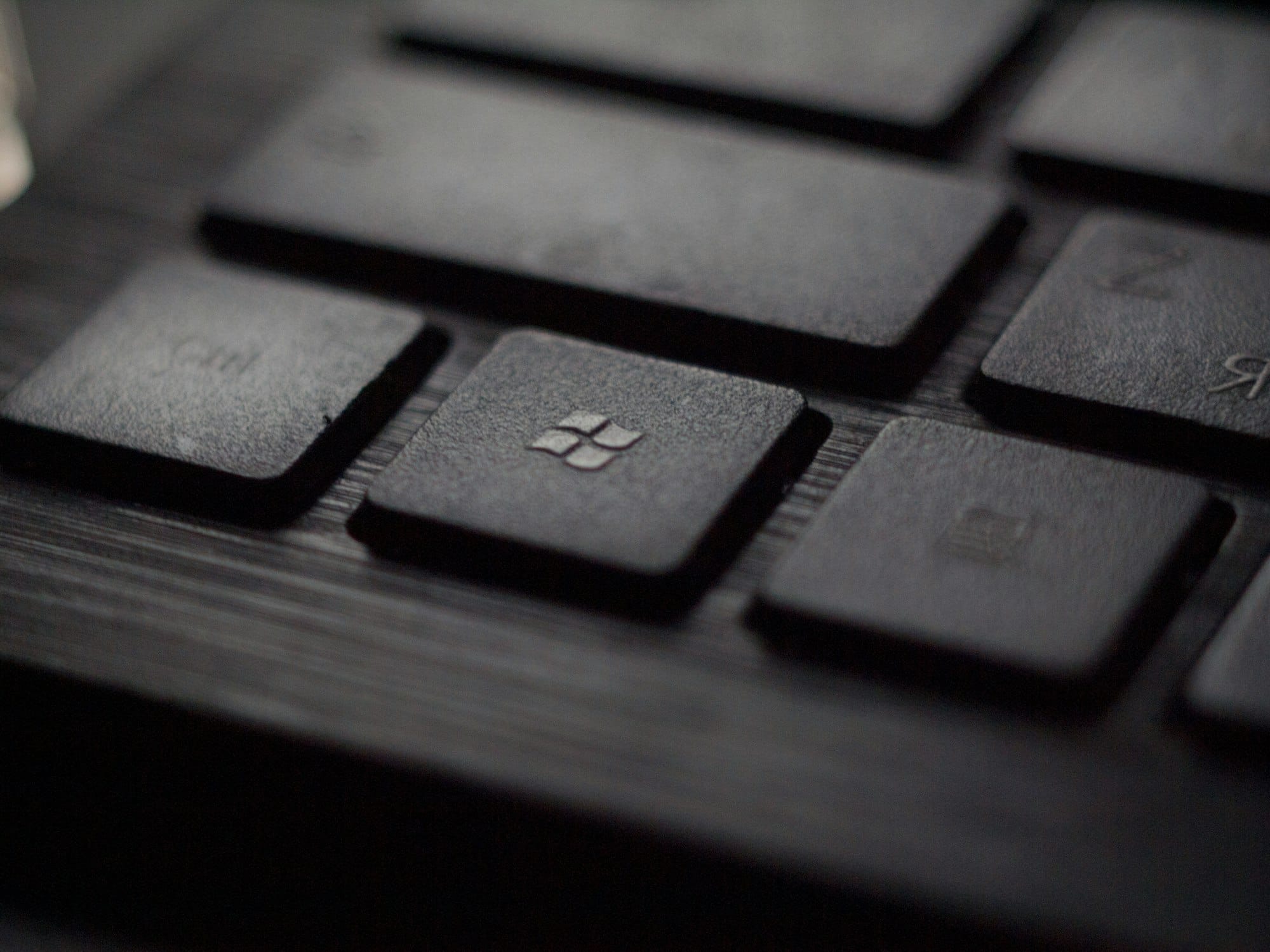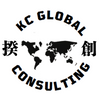Microsoft’s Tax Planning

On January 22, 2020, ProPublica published an in-depth report on how Microsoft leveraged Puerto Rico (a U.S. territory with independent tax jurisdiction) to avoid taxes. The article, titled "The IRS Decided to Get Tough Against Microsoft. Microsoft Got Tougher," focused on how the world’s largest software company used every possible means to counter the Internal Revenue Service (“IRS”).
Back in 2005, with the help of KPMG (one of the Big Four accounting firms), Microsoft used Puerto Rico for tax avoidance. Between 2006 and 2015, the software company successfully shifted $39 billion in profits to Puerto Rico. In 2012, the IRS launched an investigation into this tax arrangement. Unlike previous cases, this investigation, led by Samuel Maruca, was exceptionally rigorous and made unprecedented use of legal rights and tools to achieve its objectives. In response to the IRS’s aggressive tactics, Microsoft adopted a full-scale counteroffensive strategy: in addition to hiring top tax and legal experts, the company also used political and legal maneuvers to strip the IRS of its statutory investigative powers and resources, effectively overpowering the IRS. To this day, the case remains unresolved, and it is unclear whether the IRS will ever prevail.
Let’s take a closer look at Microsoft’s tax planning strategies and its subsequent battle with the IRS.
I. It All Began with a Small Factory in Puerto Rico
In 1989, Microsoft established a small factory in Humacao, a small city in eastern Puerto Rico. The primary reason for this decision was the attractive tax incentives offered by the local government. By 2003, this factory employed 85 people whose main task was to copy Windows and Office software onto CDs. Despite this simple operation, the factory saved Microsoft over $200 million in taxes over the years. However, as the tax incentives were set to expire in 2005 and the cost of manufacturing CDs in Puerto Rico was 1.4 to 3 times higher than that of external suppliers, Microsoft decided in 2003 to close the factory after the tax incentives ended.
However, in 2004, Microsoft changed its mind based on advice from KPMG. The company decided to use the Puerto Rican factory for more aggressive tax planning: shifting profits from the Americas to Puerto Rico to avoid taxes. This was not Microsoft’s first attempt at profit shifting; it had already shifted profits from Europe and Asia to Ireland and Singapore, respectively. However, this was the largest-scale operation, as it involved profits from Microsoft’s biggest market—the United States.
Puerto Rico is not a traditional tax haven. According to local tax laws, corporations are required to pay corporate income tax (currently around 18.5%). However, advisors suggested negotiating with the government to reduce the tax rate to nearly zero. The final agreement was a 15-year tax incentive package, with corporate income tax rates reduced to 0%-2%, in exchange for creating 46 additional full-time jobs.
With the tax incentives secured, the next step was to figure out how to shift profits from the Americas to Puerto Rico. The method was similar to those used by companies like Apple and Google: transferring software licensing rights to Puerto Rico at an extremely low price. The factory would then produce CDs and sell them at market prices to Microsoft’s American subsidiaries and third parties.

